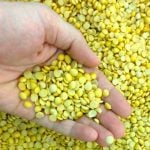
Tag Archives crop pests

SCN: The new tough guy on the block
Soybean cyst nematode’s survival mechanisms make it difficult to monitor and control

Tracing roots for a strategy against soybean cyst nematode
How soybean ancestors helped scientists tease out SCN resistance
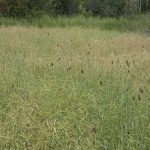
Weird pest phenomena a boon for farmers
They might sound creepy, but aphid ‘mummies’ and ‘summit disease’ are signs friendly fungi, insects are at hand

Pea leaf weevil a tough pest to control
Uneven emergence and unpredictable life cycle make it a worthy opponent
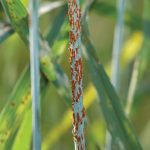
Group brings many viewpoints together in pest battle
Prairie Biovigilance Network promises proactive approach to managing weeds, insects and disease
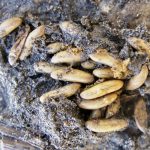
Don’t count your silver linings before they’re hatched
Cool, wet conditions may slow grasshopper emergence, but it’s unlikely to make a dent in this year’s populations
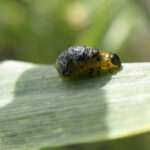
AAFC wants your cereal leaf beetles
Agriculture and Agri-Food Canada has put out a call for samples to monitor biocontrol on the insect

The four horsemen of the crop-pocalypse
Three of the big four crop pests could be poised for a comeback in the coming season
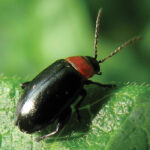
Targeting your crop enemies
Is the future of crop protection environmentally friendly biotechnology?

What’s bugging you?
These three beetles are the latest addition to the pest spectrum in Manitoba

